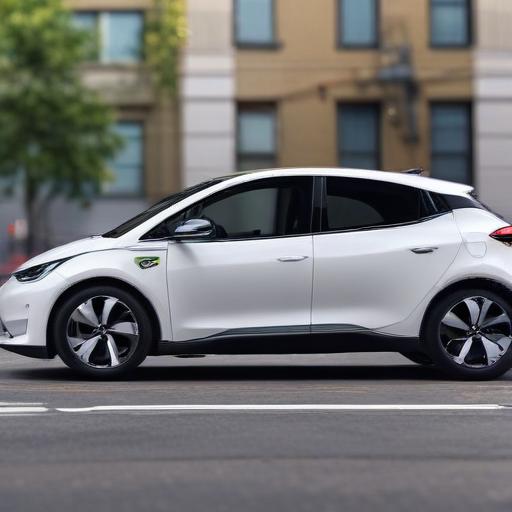Pete Bannon, Tesla’s vice president of hardware design engineering, has confirmed his departure from the company, where he has worked since 2016 after moving from Apple. His exit follows a period of significant changes at Tesla, particularly with the development of the Dojo supercomputer, which he was leading and reported directly to CEO Elon Musk.
Recent reports indicate that Musk has instructed his team to halt the Dojo project, resulting in the reassignment of engineers to other initiatives. Bannon’s departure was first reported by Bloomberg, but Tesla has not provided a comment on the situation.
Musk has been vocal about his vision for Tesla’s future, aiming to transform the company into a leader in artificial intelligence and robotics, rather than being limited to the electric vehicle sector. Central to this ambition is the Dojo supercomputer, designed to process vast amounts of data collected from Tesla vehicles, ultimately enhancing the company’s driver assistance technologies and supporting the rollout of autonomous robotaxis.
During Tesla’s earnings call in July, Musk expressed optimism that the new version of Dojo would be fully operational by next year, targeting a scale equivalent to 100,000 H-100 supercomputers built with advanced Nvidia chips. Additionally, Tesla has signed a significant agreement worth $16.5 billion with Samsung to manufacture its own A16 chips domestically.
Tesla is currently testing a robotaxi service in Austin, Texas, which requires a human safety supervisor on board, while in San Francisco, the service is facilitated by human drivers through a dedicated app. During the earnings call, Musk addressed concerns about the overlap between Tesla and his AI venture, xAI, clarifying that both entities have distinct objectives.
The company has seen a wave of high-level departures this year, with key figures in various engineering sectors leaving. Notable exits include Milan Kovac, who led robotics engineering, and David Lau, a software engineering vice president.
Despite these challenges, Musk’s plans for Tesla remain ambitious as the company seeks to establish itself as a frontrunner in AI and robotics, a promising shift that could redefine its role in the technology landscape.
